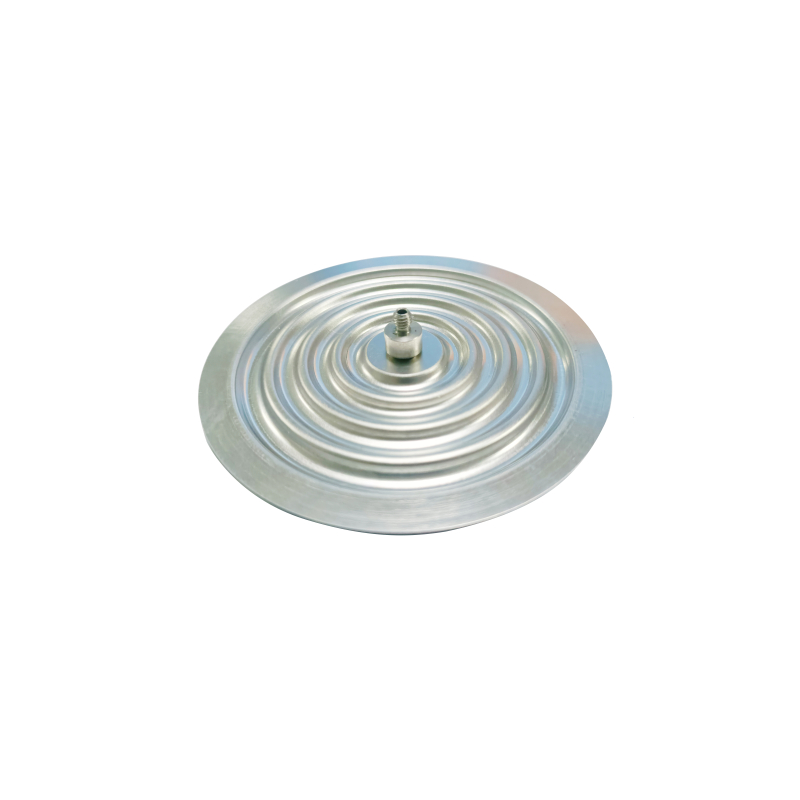
Dec . 09, 2024 18:29 Back to list
Popular Liquid-Filled Differential Pressure Gauges for Accurate Measurement and Monitoring
Understanding Famous Liquid-Filled Differential Pressure Gauges
Differential pressure gauges are essential instruments used across various industries to measure the difference in pressure between two points within a system. Among these, liquid-filled differential pressure gauges have gained particular acclaim due to their accuracy, durability, and ability to function under challenging environmental conditions. This article delves into the significance, working principle, benefits, applications, and maintenance of liquid-filled differential pressure gauges.
Significance of Differential Pressure Gauges
Differential pressure gauges serve an important role in monitoring and controlling processes in fields such as oil and gas, water treatment, HVAC (heating, ventilation, and air conditioning), and manufacturing. By measuring the pressure difference, operators can ensure that systems are functioning optimally, identify potential issues before they escalate, and maintain product quality. The use of reliable and precise measurement tools like liquid-filled differential pressure gauges contributes to improved safety, efficiency, and productivity.
Working Principle of Liquid-Filled Differential Pressure Gauges
At the heart of a liquid-filled differential pressure gauge lies a sensing element, typically a Bourdon tube or diaphragm. The pressure from two distinct points is applied, causing the sensing element to deform. This deformation translates into mechanical movement, which is then indicated on a dial or digital display.
The gauge is filled with a liquid—commonly glycerin or silicone oil—that dampens the vibrations and reduces the effects of temperature fluctuations. The liquid not only enhances the gauge's performance but also protects the internal components from wear and tear, making it suitable for harsh operating environments.
Benefits of Liquid-Filled Differential Pressure Gauges
1. Reduced Pulsation The liquid filling significantly dampens pulsations caused by fluctuating pressure, resulting in smoother and more stable readings. This is particularly beneficial in processes where rapid pressure changes occur.
2. Temperature Stability Liquid-filled gauges are less susceptible to temperature variations. The liquid filling acts as a thermal buffer, allowing for accurate measurements even in environments with drastic temperature changes.
famous liquid filled differential pressure gauge

3. Longevity and Durability The protective liquid minimizes wear on internal components, effectively extending the lifespan of the gauge. This durability results in lower replacement costs and minimal downtime.
4. Corrosion Resistance Many liquid-filled gauges can be constructed with materials that resist corrosion, making them suitable for use in aggressive environments, whether chemical or physical.
5. Enhanced Readability The liquid filling helps eliminate parallax errors, providing clearer and more readable measurements. Gauges can be designed with backlighting, further enhancing viewing ease in low-light situations.
Applications of Liquid-Filled Differential Pressure Gauges
Liquid-filled differential pressure gauges find applications in numerous sectors. In the oil and gas industry, they monitor the pressure drop across filters, separators, and other equipment to ensure optimal performance. In water treatment plants, these gauges help track pressure differentials across membranes and media filters, facilitating effective filtration processes.
Additionally, these gauges are integral to HVAC systems, where they ensure that air pressure is maintained within desired limits, contributing to energy efficiency and comfort. In manufacturing settings, they are used to monitor pressure differentials in various processes, ensuring product quality and safety.
Maintenance of Liquid-Filled Differential Pressure Gauges
While liquid-filled differential pressure gauges are designed for durability, regular maintenance is crucial to ensure their accuracy and reliability. Routine inspections should include checking for leaks, ensuring the liquid is at the appropriate level, and verifying the calibration against known standards. Any signs of wear or malfunction should be addressed immediately to prevent inaccurate readings.
Conclusion
In conclusion, liquid-filled differential pressure gauges are integral to various industrial applications due to their accuracy, durability, and operational reliability. Understanding their working principles and maintenance requirements can greatly enhance their effectiveness, ultimately leading to improved performance across processes. As industries continue to evolve, the role of these gauges remains critical in ensuring safe and efficient operations.
-
High-Precision Mass Diaphragm Pressure Gauge - Reliable & Durable Solutions
NewsJun.10,2025
-
Explain Diaphragm Pressure Gauge Expert Guide, Top Manufacturers & Quotes
NewsJun.10,2025
-
Affordable Differential Pressure Gauge Prices in China Top Manufacturers
NewsJun.10,2025
-
Reliable Water Fire Extinguisher Pressure Gauges for Safety
NewsJun.10,2025
-
Durable Diaphragm Protection Pressure Gauges Get Quote
NewsJun.09,2025
-
WIKA Differential Pressure Gauge with Switch Reliable Monitoring & Control
NewsJun.09,2025
